Laboratories are hubs of scientific innovation, discovery, and learning, but they are also environments filled with potential hazards. Whether handling chemicals, biological agents, gases, or specialized equipment, laboratory personnel face a range of risks that must be carefully managed to ensure safety. Laboratory safety is not just a set of rules—it’s a culture that prioritizes responsibility, caution, and preparedness at every step of research and experimentation. Understanding the principles of lab safety is essential for protecting workers, visitors, and the environment from accidents, injuries, and long-term health consequences.
In this comprehensive guide, we explore the importance of lab safety, its significance, and how various types of laboratory hazards—from chemical and biological to equipment and gases—can be effectively managed. By recognizing these risks and following proven safety practices, laboratories can maintain a secure, efficient, and compliant environment where science thrives without compromising human well-being.
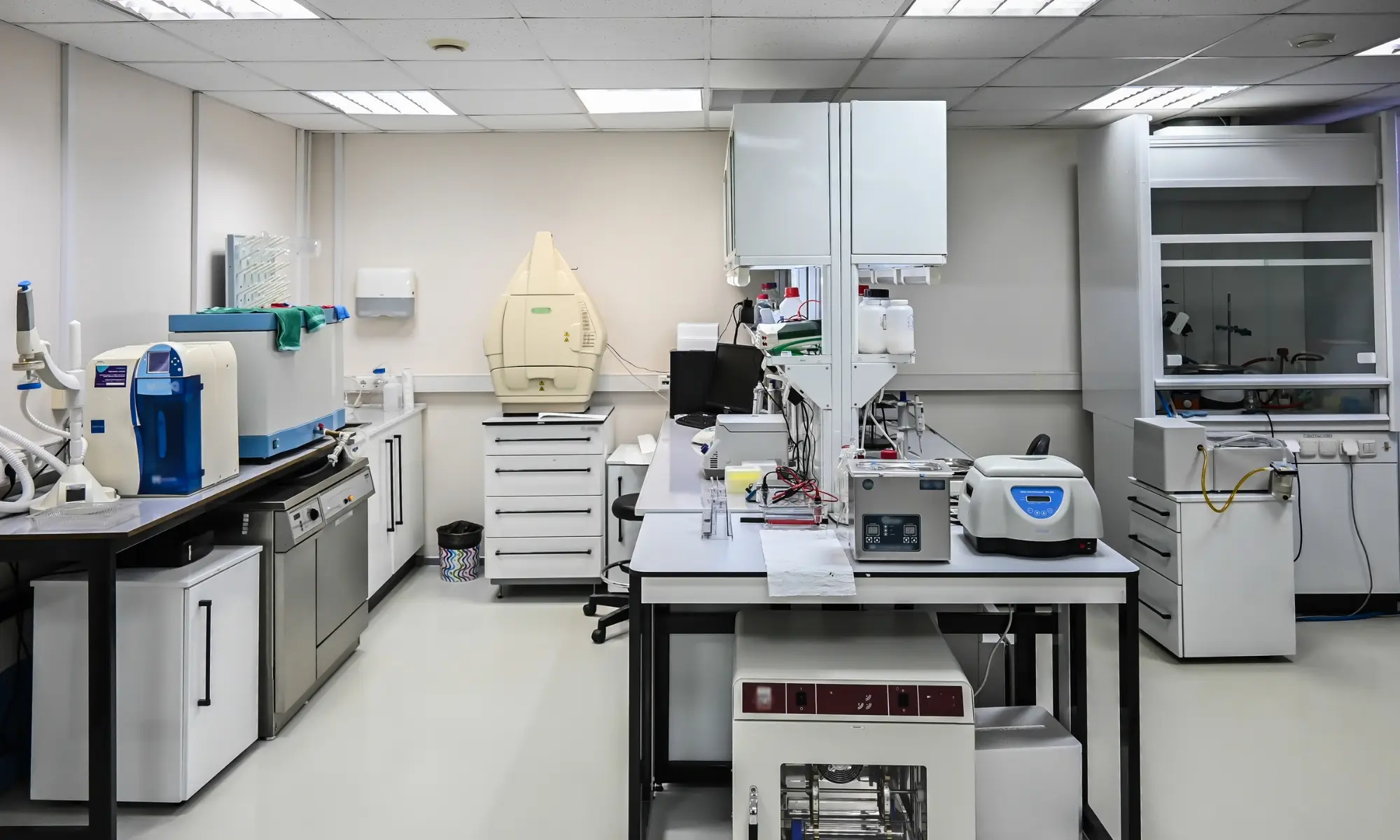
What is Lab Safety?
Lab safety refers to the policies, procedures, practices, and equipment designed to protect laboratory workers, visitors, and the environment from hazardous exposures, accidents, and injuries.
It is the foundation of any laboratory operation, whether in schools, research institutions, hospitals, or industrial settings.
Good lab safety ensures that scientific activities are conducted responsibly, minimizing the risk of harm from chemicals, biological agents, equipment, gases, and other laboratory hazards.
Why is Lab Safety Important?
- Protects People: Prevents injuries, illnesses, and fatalities caused by accidents such as chemical spills, fires, equipment malfunctions, and exposure to harmful substances.
- Protects Research and Equipment: Avoids costly accidents that could damage experiments, instruments, and facilities.
- Ensures Compliance: Meets legal and regulatory requirements set by bodies such as the Occupational Safety and Health Administration (OSHA) or other relevant safety agencies.
- Promotes a Safety Culture: Encourages everyone in the lab to prioritize caution, responsibility, and preparedness.
Key Elements of Lab Safety
- Training and Awareness: All personnel working in the lab must receive comprehensive safety training and understand the hazards associated with their specific tasks.
- Personal Protective Equipment (PPE): PPE and essential lab safety equipment, such as lab coats, safety goggles, gloves, and, in some cases, respirators, minimize exposure to hazards.
- Chemical and Equipment Handling: The safe storage, labeling, handling, and disposal of chemicals, as well as the proper operation of laboratory equipment, are crucial practices.
- Emergency Procedures: Laboratories must have clear plans in place for fire emergencies, chemical spills, gas leaks, or medical incidents, and all personnel should be aware of their response protocols.
- Good Housekeeping: Keeping the lab clean, organized, and free of unnecessary hazards, such as obstructed exits or cluttered workspaces, helps prevent accidents.
- Ventilation and Engineering Controls: Utilizing fume hoods, biosafety cabinets, and proper ventilation systems helps protect against airborne hazards.
- Risk Assessment: Before commencing any experiment, workers must identify potential risks and implement controls to mitigate them.
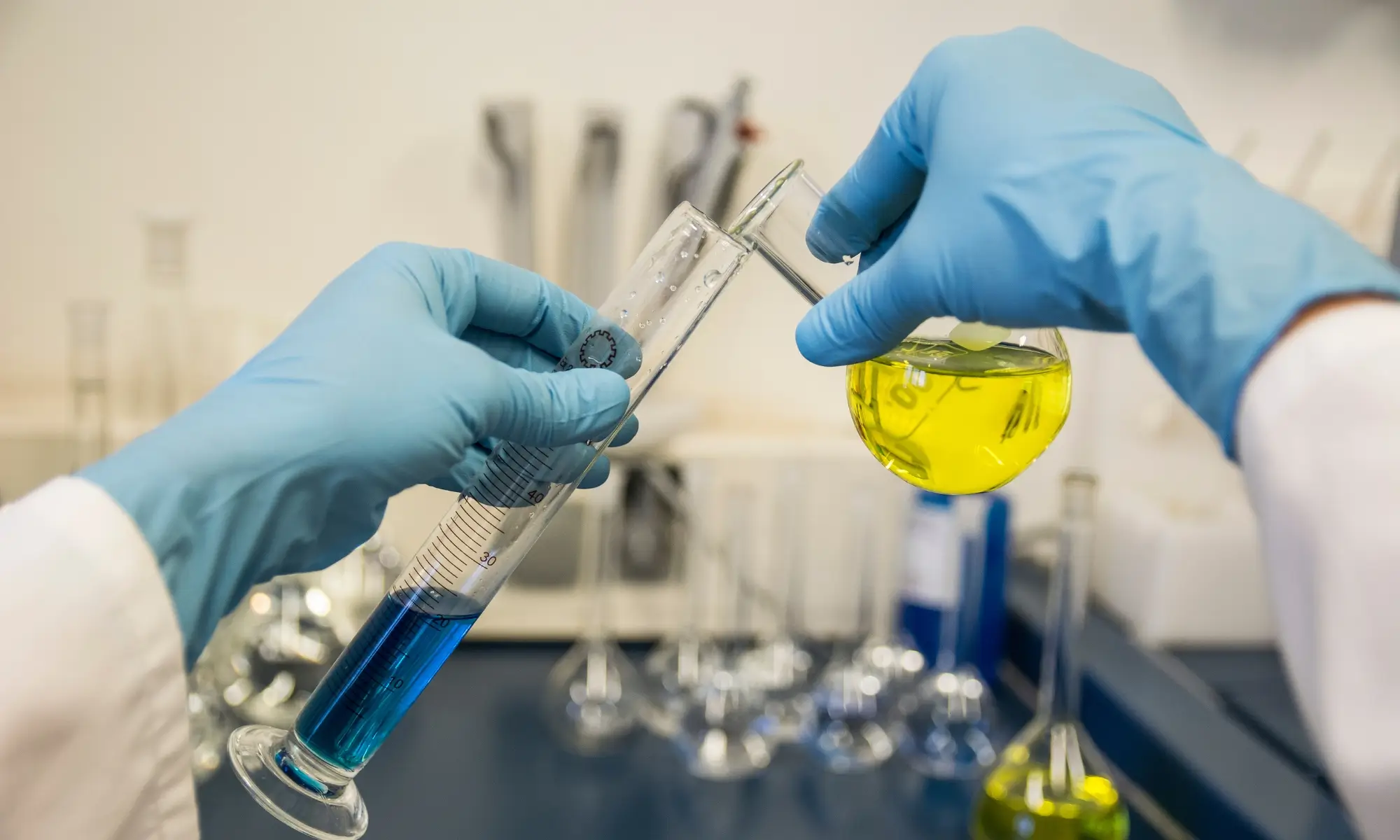
Laboratory Hazards Related to Chemicals
Various types of chemicals are an integral part of laboratory work, but they also introduce significant risks if not handled properly. Laboratory chemical hazards can result in injuries, illnesses, environmental damage, and even fatalities. Recognizing these hazards and implementing strict safety measures is essential for protecting both laboratory personnel and the environment.
Common Chemical Hazards in Laboratories
- Chemical Burns: Certain chemicals, such as strong acids (e.g., sulfuric acid) and bases (e.g., sodium hydroxide), can cause severe burns upon contact with the skin or eyes. These injuries can result in permanent tissue damage or blindness.
- Toxic Fumes and Vapors: Chemicals like formaldehyde, benzene, and chlorine can release harmful vapors or gases. Inhalation can cause respiratory distress, damage to the nervous system, or even lead to long-term chronic illnesses.
- Fire and Explosion Hazards: Many laboratory chemicals are flammable or explosive in nature. Solvents like acetone and ethanol can ignite easily, while reactive metals like sodium can explode when they come into contact with water.
- Corrosive Damage: Corrosive chemicals can destroy metals, plastics, and other laboratory materials, leading to equipment failure and structural hazards.
- Reactive Hazards: Certain chemicals, such as peroxides or hydrides, react violently with air, water, or other substances, potentially leading to explosions, toxic gas releases, or fires.
- Environmental Contamination: The improper disposal or spills of hazardous chemicals can pollute air, water, and soil, posing threats that extend beyond the laboratory.
How to Manage Chemical Hazards in Laboratories
- Understand Chemical Properties: Always review the Safety Data Sheets (SDS) for each chemical you use. Be aware of the hazards, follow safe handling procedures, and know the emergency measures.
- Use Personal Protective Equipment (PPE): Wear gloves, safety goggles, face shields, and lab coats to protect against spills, splashes, and vapors. Use respirators if required.
- Ensure Proper Ventilation: Perform all work involving volatile chemicals inside a certified fume hood to prevent inhalation of dangerous vapors.
- Label and Store Chemicals Correctly: Clearly label all containers with their contents and hazard information. Store incompatible chemicals separately (e.g., acids away from bases, oxidizers away from flammables).
- Spill Response and Emergency Preparedness: Keep spill kits readily available and ensure that all personnel are trained in chemical spill response and evacuation procedures.
- Chemical Waste Management: Dispose of chemical waste in accordance with local regulations. Never pour hazardous chemicals down the drain unless explicitly permitted.
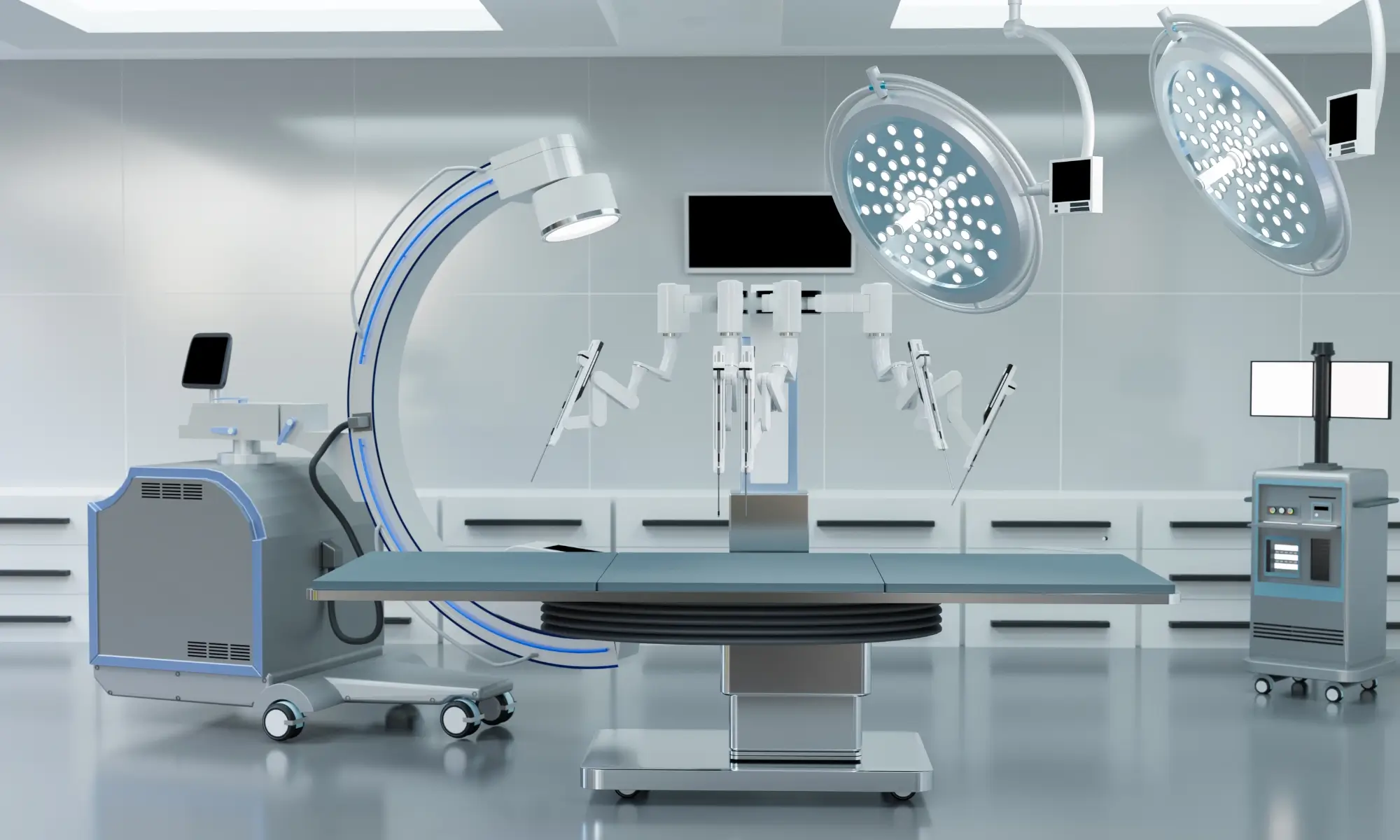
Laboratory Hazards Related to Equipment
Laboratory equipment is essential for conducting experiments and research, but it can also present a wide range of hazards. Misuse, poor maintenance, or lack of training can turn valuable tools into significant hazards. Understanding and managing these equipment-related hazards is critical for ensuring a safe laboratory environment.
Common Equipment-Related Hazards in Laboratories
- Electrical Hazards: Many lab instruments, such as centrifuges, microscopes, and spectrometers, operate using electricity. Faulty wiring, damaged cords, or improper grounding can cause electric shocks, short circuits, or fires.
- Chemical Hazards: Some equipment is used with or around hazardous chemicals. If materials are incompatible, they may corrode parts of the equipment or cause unexpected chemical reactions, leading to leaks, spills, or even explosions.
- Thermal Hazards: Equipment like ovens, hot plates, autoclaves, and furnaces operates at high temperatures. Contact with hot surfaces or exposure to heat can cause severe burns or ignite nearby flammable materials.
- Mechanical Hazards: Equipment with moving parts, such as centrifuges, mixers, or pumps, can cause injuries like cuts, pinching, entanglement, or crushing if not properly guarded or maintained.
- Glassware Hazards: Glass equipment, such as beakers, pipettes, and flasks, can break under stress, temperature changes, or improper handling. Broken glass can cause serious cuts or punctures.
- Radiation Hazards: Certain specialized equipment, such as X-ray machines or lasers, emits ionizing or non-ionizing radiation. Improper use can result in burns, radiation sickness, or long-term health effects.
How to Manage Equipment Hazards in Laboratories
- Conduct Regular Inspections and Maintenance: Check equipment for frayed wires, damaged parts, or leaks. Service and calibrate instruments regularly according to manufacturer recommendations.
- Follow Manufacturer Instructions: Always read the user manual and understand the operating procedures before using any equipment. Never modify equipment unless authorized and trained to do so.
- Use Proper Personal Protective Equipment (PPE): Depending on the equipment, wear appropriate gear such as gloves, goggles, heat-resistant clothing, or radiation shields.
- Implement Electrical Safety Measures: Ensure equipment is properly grounded. Avoid using extension cords for high-powered devices. Disconnect equipment before performing any maintenance.
- Train All Personnel: Provide comprehensive training on the safe use of all laboratory equipment to ensure personnel are well-informed and prepared. Emphasize emergency shutdown procedures for critical equipment.
- Establish Safe Work Practices: Keep workspaces clean and dry to prevent slips and electrical hazards. Use guards, shields, and containment devices where necessary. Post warning signs for equipment that poses specific hazards (e.g., “Hot Surface” or “Laser in Use”).
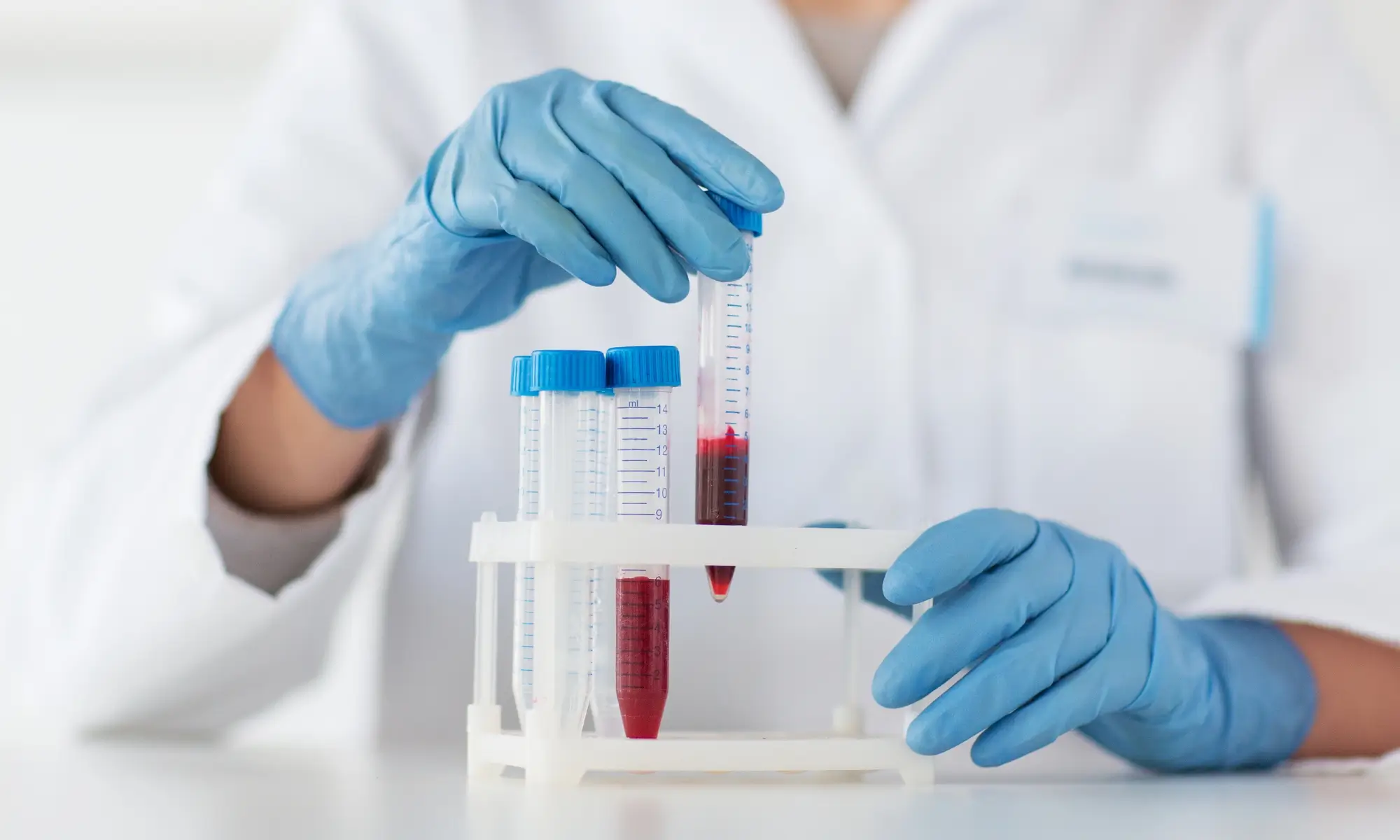
Laboratory Hazards Related to Biological Agents
Biological hazards, also known as biohazards, in laboratories refer to the risks posed by microorganisms, biological materials, and toxins that can cause infections, allergic reactions, environmental contamination, or other health issues. These hazards are especially common in microbiology, biotechnology, clinical, and biomedical laboratories.
Understanding biological hazards is crucial for preventing laboratory-acquired infections and ensuring the safety of laboratory personnel, the public, and the environment.
Common Biological Hazards in Laboratories
- Infectious Microorganisms: Bacteria, viruses, fungi, and parasites used or encountered in laboratory work can cause diseases in humans, animals, or plants. Examples include Mycobacterium tuberculosis, HIV, and Salmonella species.
- Biological Toxins: Certain organisms produce toxins that can be hazardous even without causing an infection. Examples include botulinum toxin (produced by Clostridium botulinum) and ricin (derived from castor beans).
- Bloodborne Pathogens: Working with human blood, tissue, or body fluids carries the risk of exposure to bloodborne pathogens like hepatitis B virus (HBV), hepatitis C virus (HCV), and human immunodeficiency virus (HIV).
- Allergens: Exposure to animal dander, mold spores, or enzymes used in laboratory processes can trigger allergic reactions, ranging from mild respiratory irritation to severe asthma attacks.
- Genetically Modified Organisms (GMOs): Laboratories working with GMOs must manage risks associated with the accidental release or unintended consequences of genetic modifications.
- Zoonotic agents, which are pathogens that can be transmitted from animals to humans (such as Brucella spp. or Leptospira spp.), pose risks when working with animals or their tissues.
How to Manage Biological Hazards in Laboratories
- Use of Biosafety Levels (BSL): Laboratories are classified into Biosafety Levels 1–4 based on the biological hazards they handle, with increasing levels of containment, equipment, and protocols as the risk rises.
- Proper Personal Protective Equipment (PPE): Wear lab coats, gloves, eye protection, and, if necessary, face shields or respirators when handling biological materials.
- Work Inside Biological Safety Cabinets (BSCs): Use certified biosafety cabinets when handling infectious or aerosol-generating materials to prevent exposure and environmental contamination.
- Training and Awareness: All personnel must be trained on biosafety principles, pathogen handling, and emergency procedures for biological incidents.
- Vaccinations: Depending on the type of biological agents handled (e.g., hepatitis B), vaccinations may be recommended or required for laboratory workers.
- Safe Waste Disposal: Properly decontaminate and dispose of biological waste using methods such as autoclaving, chemical disinfection, or incineration.
- Good Laboratory Practices (GLP): Avoid eating, drinking, applying cosmetics, or handling contact lenses in areas where biological materials are used. Maintain a clean and orderly workspace.
- Incident Reporting and Response: Establish clear protocols for promptly and accurately reporting exposures, spills, or other biological incidents to initiate appropriate medical or environmental responses.
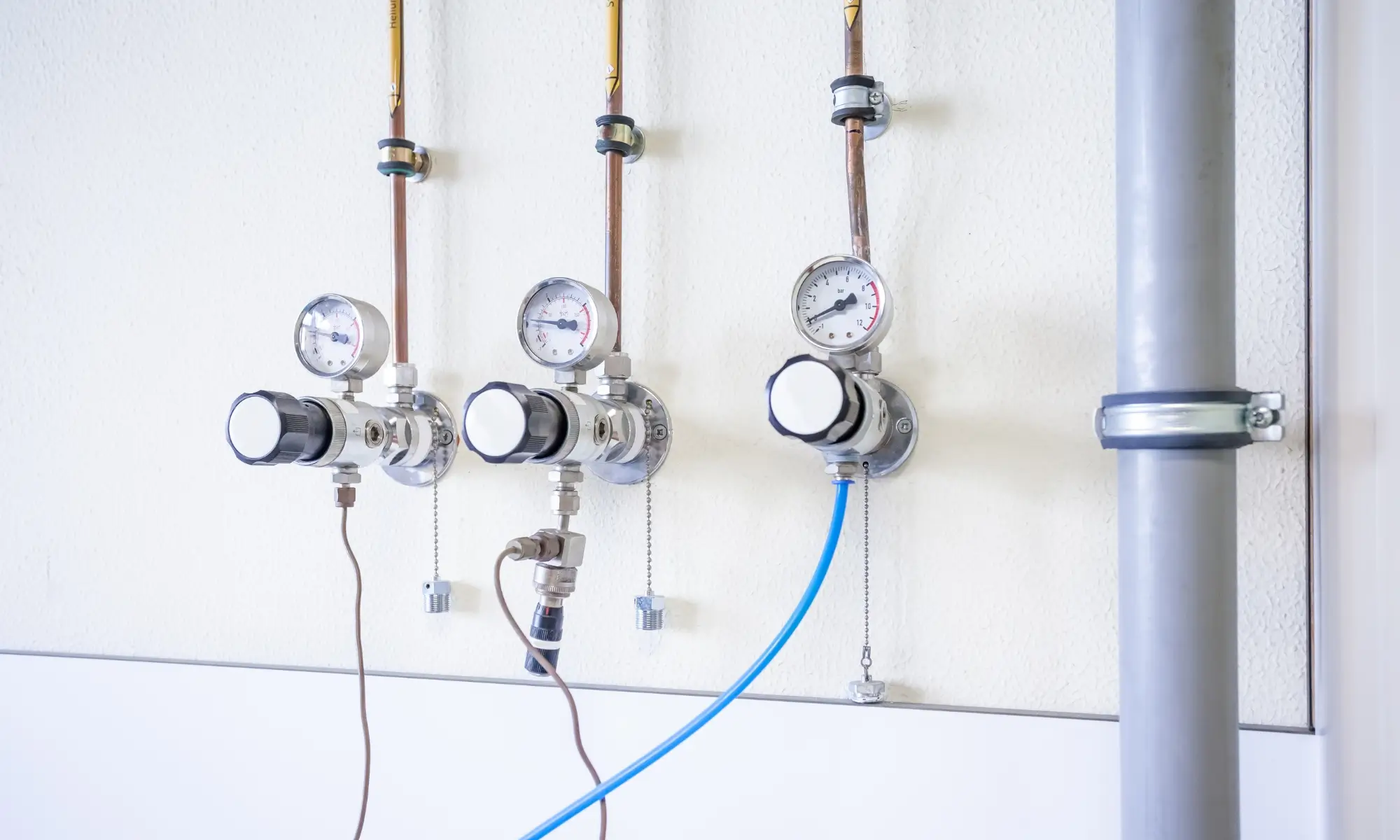
Laboratory Hazards Related to Gases
Compressed and specialty gases are widely used in laboratories for processes like calibration, chemical reactions, and sample preparation. However, these gases also pose serious hazards if not handled, stored, or monitored properly. Recognizing and managing these risks is crucial for laboratory safety.
Common Gas-Related Hazards in Laboratories
- Toxicity: Gases like carbon monoxide, chlorine, and hydrogen sulfide are highly toxic. Inhalation can cause symptoms ranging from dizziness and nausea to respiratory failure and death.
- Corrosiveness: Corrosive gases, such as ammonia, sulfur dioxide, and hydrogen chloride, can damage tissues upon contact and corrode laboratory equipment, potentially leading to leaks or failures.
- Flammability: Gases like hydrogen, acetylene, and methane are highly flammable. If mixed with air and exposed to a spark or heat source, they can cause fires or explosions.
- Explosive Potential: Certain gases, particularly oxygen and nitrous oxide, are powerful oxidizers and can cause violent explosions when combined with flammable materials.
- Asphyxiation Risk: Inert gases, such as nitrogen, helium, and argon, can displace oxygen in confined spaces, posing a risk of suffocation without warning.
- High Pressure Hazards: Compressed gas cylinders are stored at very high pressures. A sudden release of pressure can turn a cylinder into a dangerous projectile.
How to Manage Gas Hazards in Laboratories
- Proper Storage and Labeling: Secure cylinders upright using chains or straps. Store gases according to their hazard class (e.g., keep flammable gases away from oxidizers). Clearly label all cylinders with their contents and hazard warnings.
- Use Appropriate Equipment: Always use regulators, valves, and fittings compatible with the specific gas type. Regularly inspect equipment for leaks, corrosion, and any signs of damage.
- Ensure Adequate Ventilation: Work with hazardous gases under fume hoods or in ventilated gas cabinets to maintain adequate ventilation. Install gas monitors and alarms in areas where dangerous gases are used.
- Wear Personal Protective Equipment (PPE): Use gloves, safety goggles, lab coats, and, depending on the type of gas, face shields or respirators.
- Leak Detection and Monitoring: Regularly apply leak detection solutions to fittings and connections to prevent leaks. Utilize continuous gas monitoring systems to detect hazardous levels early.
- Training and Emergency Preparedness: Train all personnel on the hazards of gas, handling procedures, and emergency response protocols. Develop and practice evacuation and emergency shutdown procedures.
Conclusion
Laboratory safety is the backbone of responsible scientific work. Whether dealing with chemicals, gases, biological agents, or complex equipment, every activity in the lab carries inherent risks that must be managed with vigilance and care. By understanding these hazards and implementing strict safety measures, such as proper training, the use of personal protective equipment, good housekeeping practices, and emergency preparedness, laboratories can significantly reduce the risk of accidents and injuries.
A safe laboratory environment not only protects people and research but also fosters a culture of responsibility and excellence. Prioritizing lab safety ensures that scientific innovation continues without compromising the health and well-being of laboratory personnel, visitors, or the surrounding environment. In every experiment, safety must always be the top priority.

